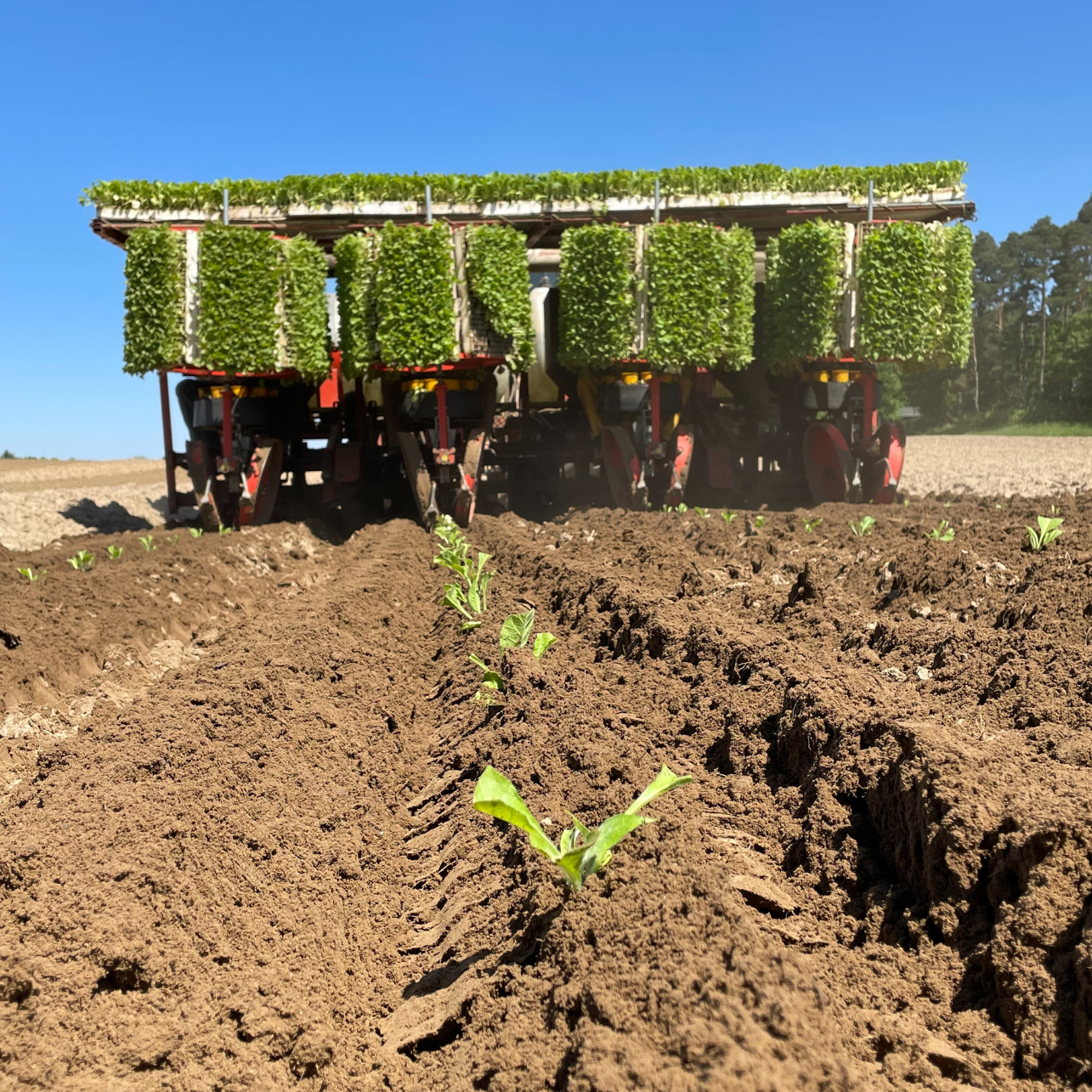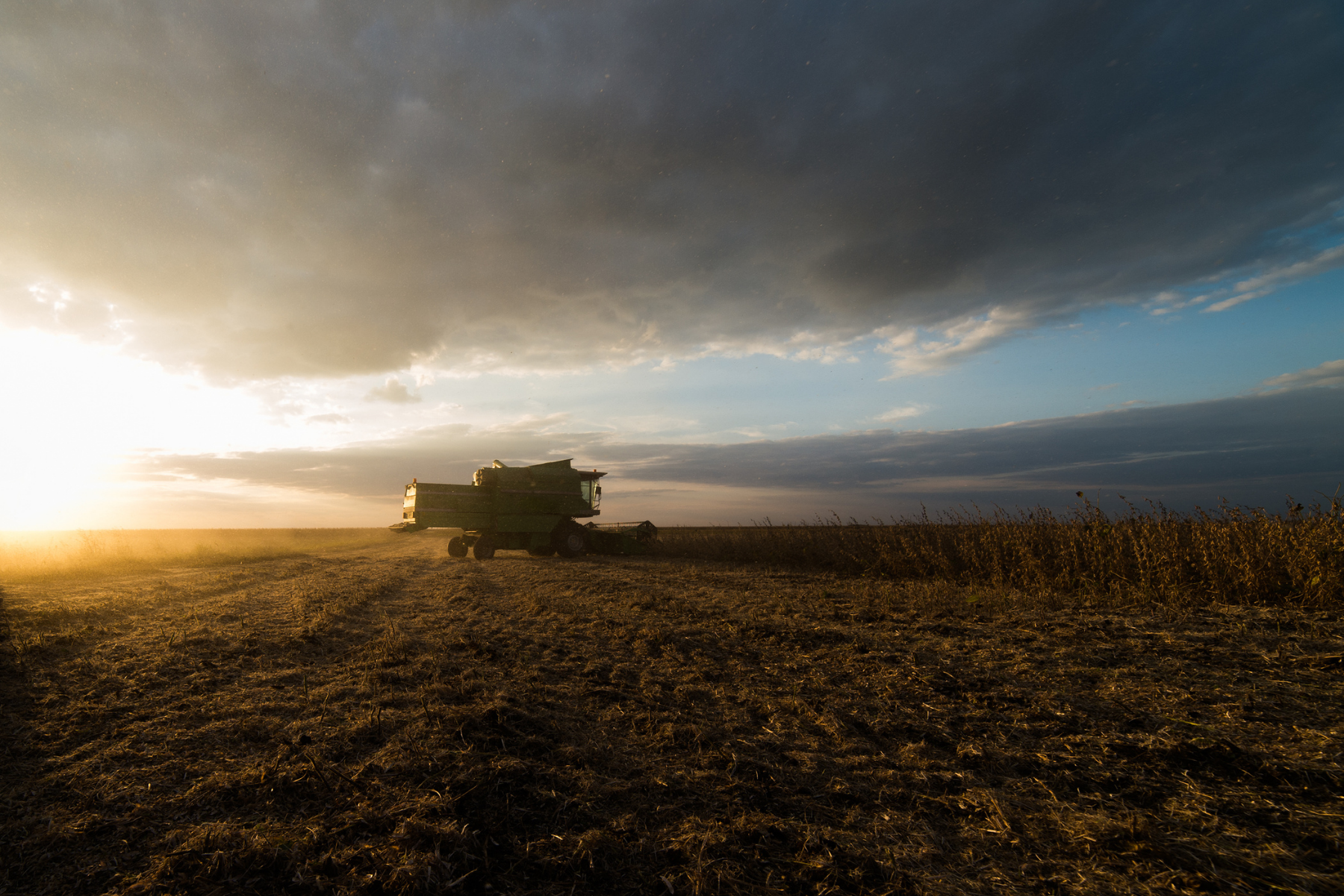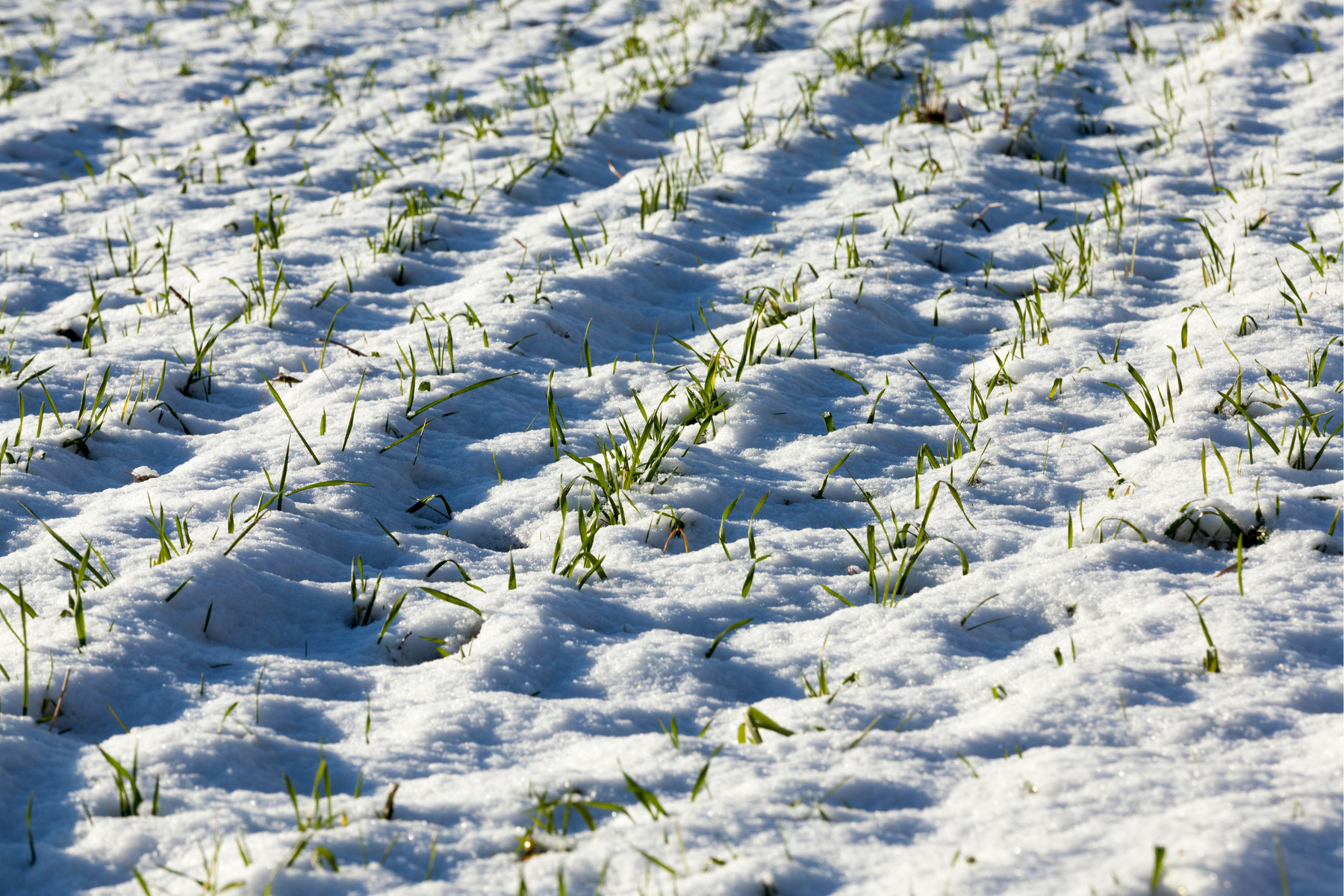Yesterday’s weekly OMAFRA meeting provided valuable insights into the current agricultural landscape, highlighting the variability in planting progress and crop conditions across the province. This summary offers guidance and recommendations to help you navigate the current challenges effectively.
Week of June 3:
1. Planting Progress and Crop Conditions
Planting progress varies significantly, with some growers finished and others yet to start. The extended planting season adds stress, so check in with those less frequently contacted to offer support.
2. Corn
Corn in the ground is thriving due to frequent rain, which has masked planting mistakes. However, if the rain stops, sidewall compaction issues could become evident. Foliar nutrients are recommended to support these fields.
3. Weed Management
Wet conditions have delayed pre-emergent herbicide applications, resulting in weedy fields. For corn, careful selection of herbicides is crucial due to potential antagonism between Group 4 and Group 1 herbicides. Splitting applications can enhance efficacy. Adhere to recommended adjuvant rates for optimal results.
4. Soybeans
Regular plant stand counts are essential. Avoid switching to earlier maturing soybean varieties before late June unless planning for a wheat crop afterward. Seed corn maggot issues have led to some replanting. Contact your local Sylvite location for assistance identifying this pest and recommend insecticide seed treatments for future crops.
5. Chemical Inversion
No wind, high dew, and foggy conditions can cause chemical inversion, especially with IP soybeans, leading to drift onto high-value crops. Be mindful of this risk during applications.
6. Rolling Soybeans and Dry Beans
Post-emerge rolling aids in harvestability without significant agronomic impact. Roll beans between the first and second trifoliate stages, avoiding repeated passes to prevent damage. Beans will recover if stems are not broken.
7. Winter Wheat
Applying a T3 fungicide is critical this year due to high predicted DON levels (4-12 ppm) in untreated wheat. Treating can reduce fusarium risk, improving crop marketability.
8. Pests
Cereal leaf beetle and army worm sightings suggest a potential economic threshold breach. Malathion, the only option for cereal leaf beetle, is hard to source. Insecticides for army worm may offer some control over cereal leaf beetle. Follow label instructions and pre-harvest intervals.
9. Winter Canola
Note the 22-month cropping restriction on winter canola following Pursuit herbicide application in soybeans. Be aware if planning winter canola after wheat.
10. Foliar Nutrients
Foliar nutrition supports plant health, particularly under stress. Foliar phosphorus (P) and zinc (Zn) can aid root growth in drought-stressed corn. Proper nitrogen (N) to potassium (K) balance prevents lodging. “Relay feeding” via foliar applications meets crop nutrient needs as they arise.




